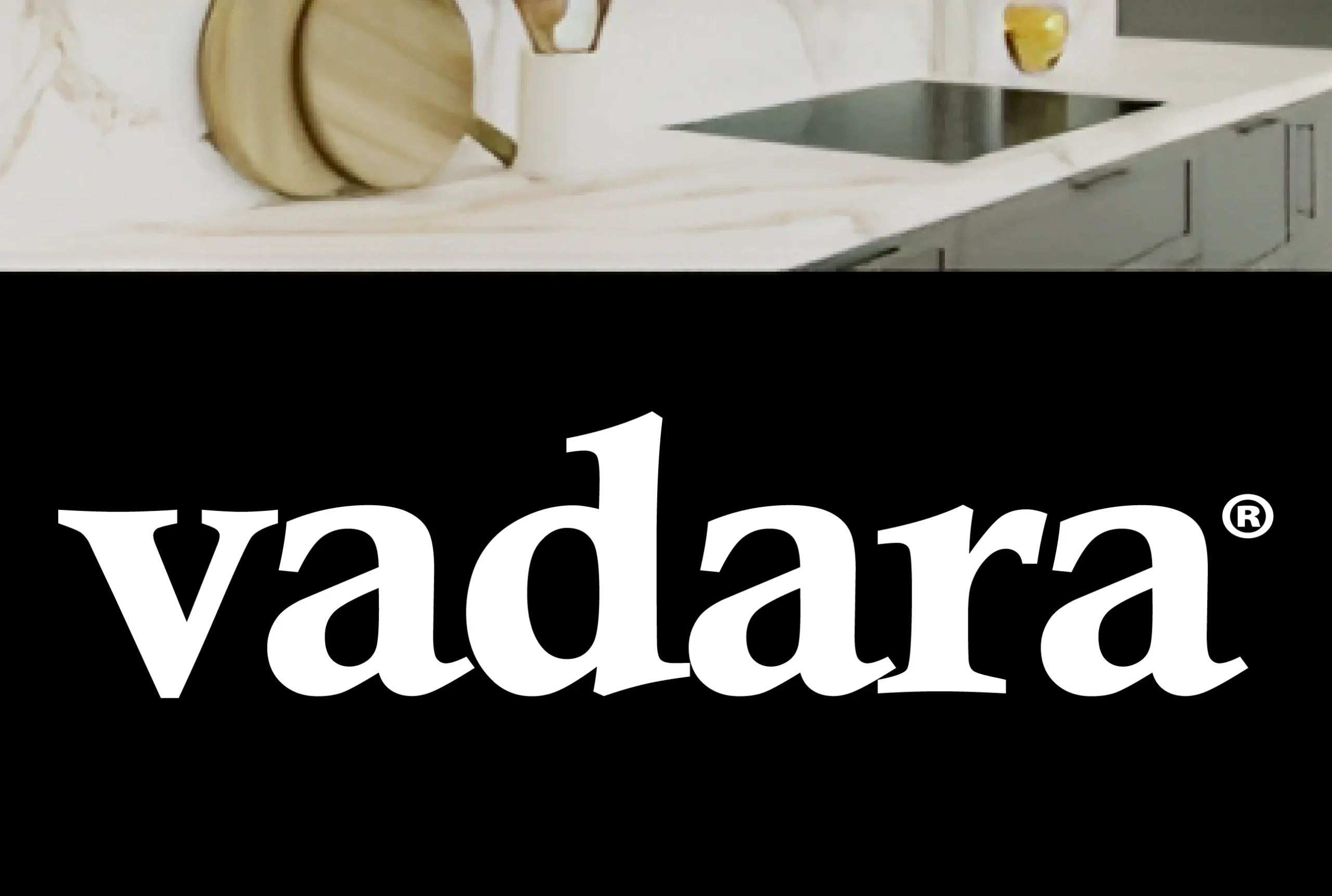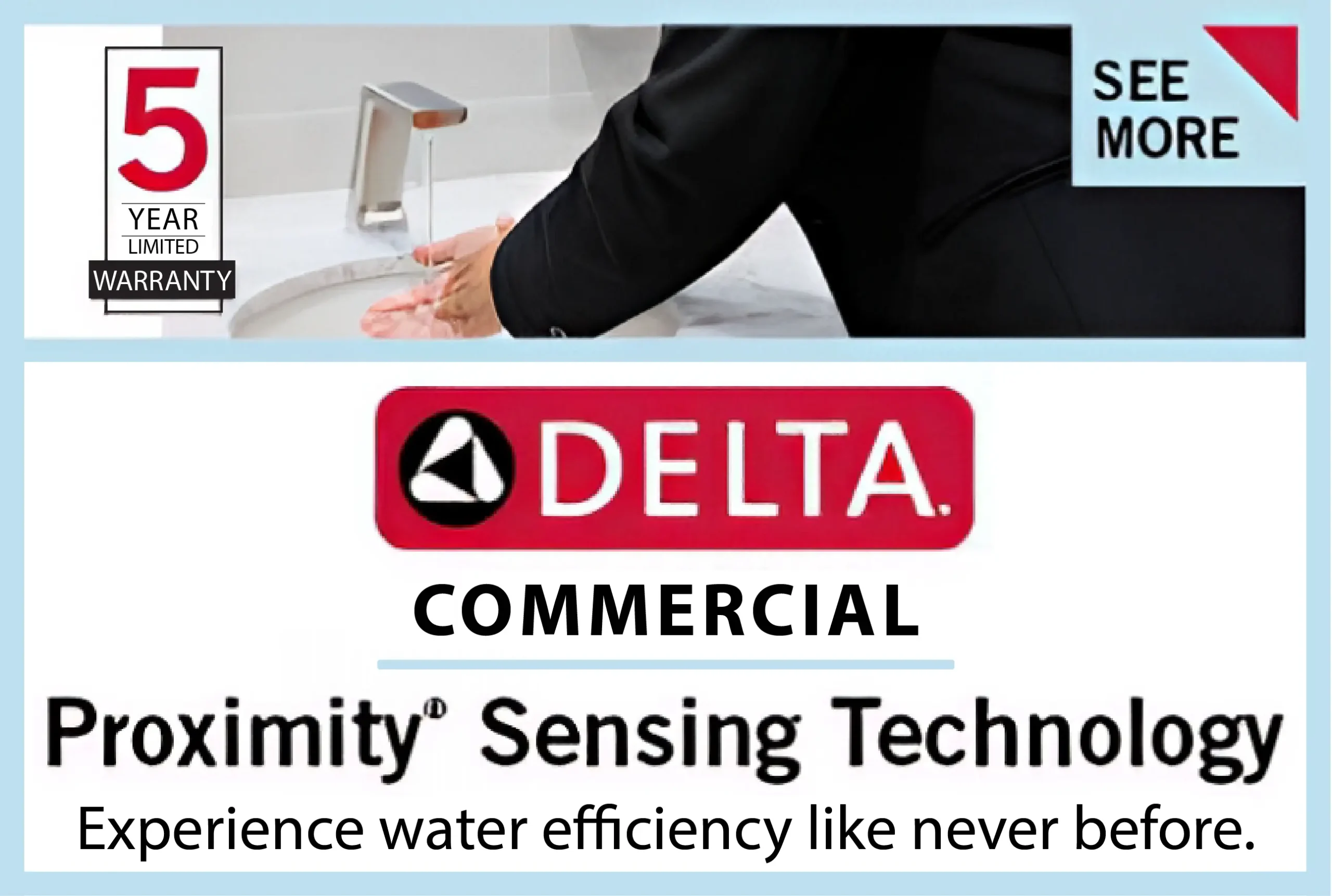Are you wondering what oil mist removal is all about? Then you are reading the right article. In this piece, we’ll reveal what you need to know about this process.
Process Facilitating the Need for Oil Mist Removal
Specialized cutting fluids are often used to keep the cutting heads cool where materials are made and cut. These cutting fluids, along with Kaweha-Absaugtechnik systems, get rid of waste material as well. You can visit kaweha.de to learn more about these waste materials. While fluid is being fed onto the cutting process, it will always spray and sometimes vapor.
This is usually the case if the temperature is higher than normal. Most of the time, lubricant vapor and spray are recycled inside custom-built machine enclosures. However, some vapor can get out, especially when inspection hatches are opened to check, change work pieces, or make tweaks. Cutting fluids are usually gathered, filtered to get rid of dust and scrap, and then reused.
Some of the vapors can get out and become “fugitive” vapor when they enter the rest of the workplace. This causes a lot of problems under COSHH and health and safety law. People who work with lubrication and cutting fluids are known to have health problems. These fluids, which can be liquid or vapor, can get into the body through skin touch or breathing them in.
Not only is lubricant vapor bad for your health, but it can also cover floors, walls, and tools in lubricant. This, in turn makes the workplace unsafe and hard to work in. You can read this article for tips on maintaining safety in manufacturing. Also, fugitive lubricant vapors raise the chance of fire and, in some cases, explosion.
Machine workers use windows in the machine enclosures to see how the work is going. However, lubricant vapors that form inside the enclosure can cover the window. This makes it impossible to see what’s going on inside the enclosure.
A layer of oil can also form on different adjustment wheels, knobs, work clamps, and electrical contracts. This occurs when the oil mist is inside the enclosure. Due to all of these, vaporized fluid particles removal is essential.
Lubricant vapor can also form when lubrication lubricant from a machine, big gearbox, or engine mixes with air in the air space. This air and oil mixture might be in the space around the machine or in the oil reservoir. These areas always have breathers that let in air from the outside.
Vaporized fluid particles from the breathers can cover the outside of the machine and other equipment. It can also mix with lubricant vapor already in the space. Electrostatic oil mist removal works perfectly in this type of setting. This application is common in marine environments, turbines, and big stationary engines.
In some mechanical processes, lubricant vapor is made on purpose and used as a jetted stream to keep things running smoothly. This kind of system depends on being able to catch lubricant that sprays out and return it to the lubricant tank. As part of that greasing cycle, vaporized fluid particles need to be cleaned up.
Why Oil Mist Removal is Important
Repeated respiratory problems have made people more worried about being exposed to oil mist and oil smoke. This has made removing lubricant vapor from factories, car shops, food shops, and welding shops a bigger priority. Researchers are looking more closely at the possible dangers of being exposed to different types of vaporized fluid particles. This is because of the high number of cases of respiratory problems reported in car, machining, and even some food processing plants.
Part of lubricant vapor’s behavior is decided by the fact that it is semi-volatile. However, it can be controlled by putting the process inside a container. The container is then ventilated using lubricant mist filters, oil mist separators, and air filtration equipment from suppliers like Kaweha. This setup can catch and hold the vapor droplets.
It’s hard to control mineral and get rid of vaporized fluid particles because its parts are semi-volatile. So, they switch back and forth between the vapor and droplet phases. This is done based on the type of liquid and factors in the surroundings, like temperature.
Hydrocarbon vapors that are released from filters that catch mineral lubricant vapor can have concentrations in the mg/m3 range. This is usually which is many times higher than the concentrations of the droplets that come out of the filters. As the air flow from the lubricant mist collectors and filters cools, the vapor can condense on cool objects. It is then coated with fluid.
It can also condense in the air to make more mist. This problem also affects ways to measure mist, since sampling methods that use screens can lose samples over time. Because of this, controlling and measuring mineral fluid vapor is very hard. Therefore, the whole process needs to be looked at, not just gathering the drops.
Why Using an Oil Mist Eliminator Filter in Your Building is a Good Idea
When it comes to getting rid of fluid vapor mist in the air, a vaporized fluid particles remover filter works really well. These filters are made to catch and get rid of fluid aerosol particles. They make sure that the air in your building is clean and safe for workers to breathe. By keeping lubricant aerosol particles from building up in equipment, lubricant vapor eliminator filters can also help keep repair costs low.
Conclusion
Removing oil vaporized particles with tools like oil mist eliminators, oil mist eliminator filters, and oil mist dividers is important. It can help keep your workers and equipment safe from damaging vaporized fluid particles. No matter what size your business is, it’s important to find the best vaporized fluid particles removal option for your needs. Ensure you work with a reputable supplier like Kaweha-Absaugtechnik to make sure you’re getting the best solution for your company.











